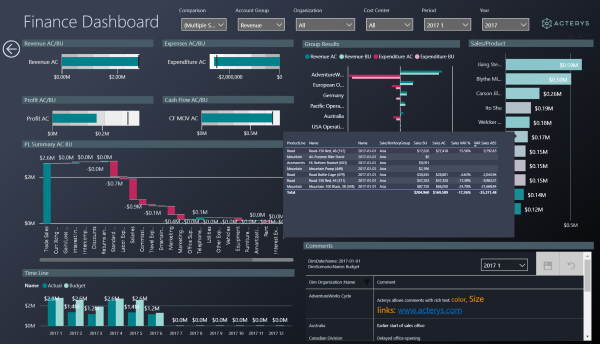Analytics to the next step: Augmented analytics
By Aditya Abeysinghe
 The traditional process of data analysis includes obtaining data from a raw source and then preprocessing and then analyzing it to make business decisions. However, this process includes data scientists and data analysts handling data of organizations. Many small and medium enterprises which have lesser capital to invest in these two ends lack the talent to profit from analysis and analytics on data. Augmented analytics is a new method used to analyze data using AI (Artificial Intelligence) and report on results found.
The traditional process of data analysis includes obtaining data from a raw source and then preprocessing and then analyzing it to make business decisions. However, this process includes data scientists and data analysts handling data of organizations. Many small and medium enterprises which have lesser capital to invest in these two ends lack the talent to profit from analysis and analytics on data. Augmented analytics is a new method used to analyze data using AI (Artificial Intelligence) and report on results found.
What augmented analysis means for users
For example, consider an organization that has to decide on reaching a new target market. It may consider what customers, who purchase from competitors are considering when purchasing products; it may consider the sales or profits of competitors or it may consider the factors that drive success in the target market, the organization is targeting to reach. The organization may derive a dataset that shows data in the target market and gather data from additional sources to create a collection of sources to analyze this information.
Several problems in current analysis techniques exists such as cost, time, imprecision and the overhead for teams involved in analysis. Data scientists are still a large cost for many businesses due to lack of people who are talented in the stream. Data scientists gather data sources, clean data and make data available for analysis. These are time consuming and error prone processes, if done manually. The overhead consists of teams involved in heavy data analysis on changing requirements with business needs.
However, with the use of AI, a process could automate all these activities to reduce costs, time and errors. Teams who are involved in analyzing and making decisions can focus on other priority activities when AI is added to decision making. Augmented AI also means reporting on data such as using reports, graphs or any other representation. This is beyond usual processes done by a data analyst and a data scientist. Therefore, a wide range of activities performed by data analysts and data scientists could be done by using augmented AI.
Use of augmented AI also makes use of natural language processing in analytics possible. Most users of augmented AI are from non-analytics or non-technical backgrounds. Therefore, complex analytics techniques used by data analysts are not feasible for such users. A solution to such issues is to build these methods by the AI algorithm which require only the inputs from users. For example, a simple audio or text input on “Sales per week” could display all filtered data and related decisions a user could obtain from raw data.

Why Augmented AI?
Speed of data analytics is the main advantage of using augmented AI. With augmented AI, all processes from data preprocessing to decision making is performed using algorithms. Therefore, less time is required for decision making. Also, data visualizations are faster because most augmented AI software are based on drag and drop functions.
Unbiased decision making is another advantage of using augmented AI. With no human inputs, there is less bias in the data analysis or decisions made. Therefore, results of augmented AI can be trusted compared to that from manual data analysis.
Furthermore, augmented AI helps people with less or zero data analytics talent, to analyze data and gain insights from them. This also results in a wide user base interacting with data, rather than relying on a data analyst to analyze and provide them with analyses. It also helps to reduce overhead and budget reductions on organizations.
Image Courtesy: https://appadvisoryplus.com/







